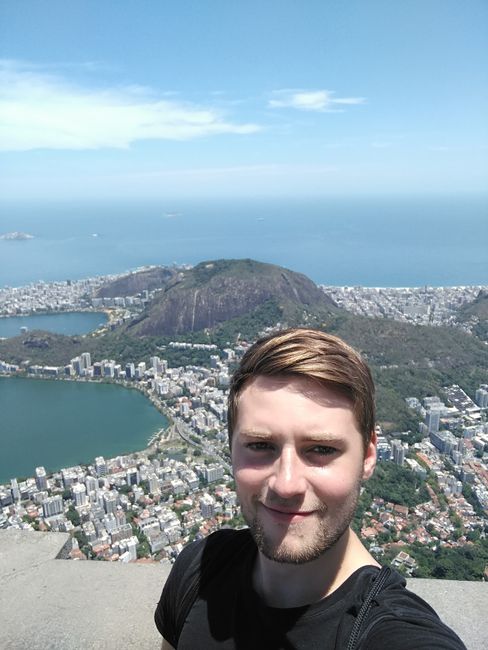Paradise Island Ilha Grande
Çap edildi: 28.10.2017
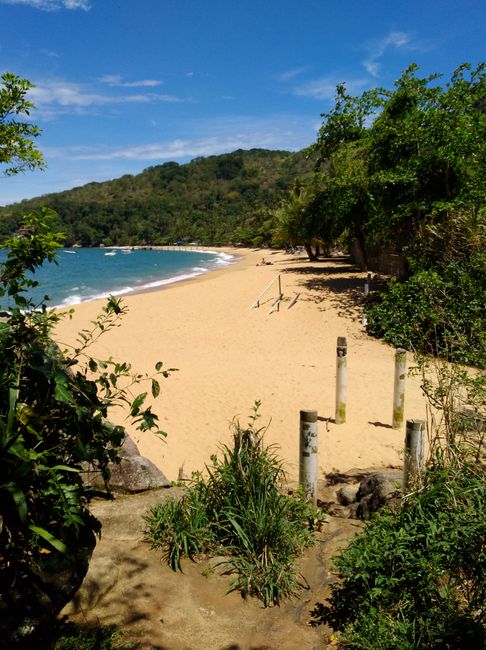
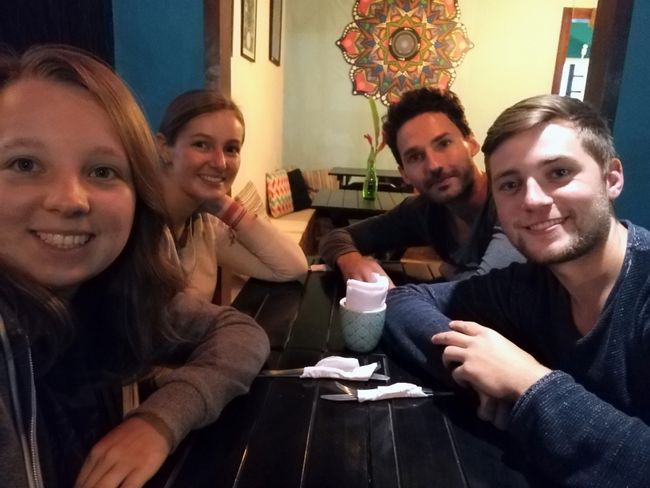
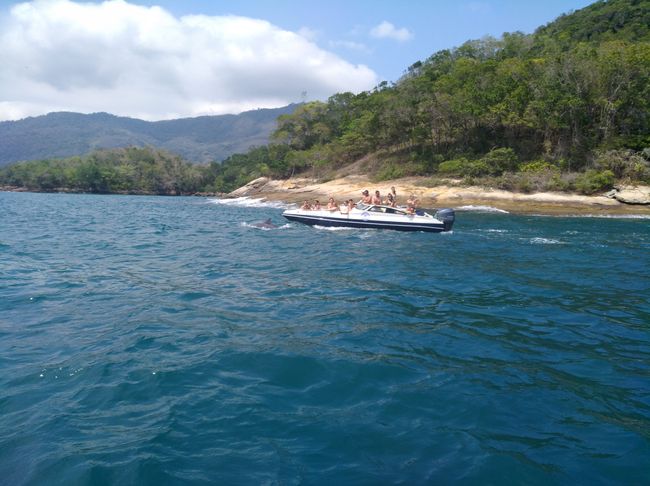
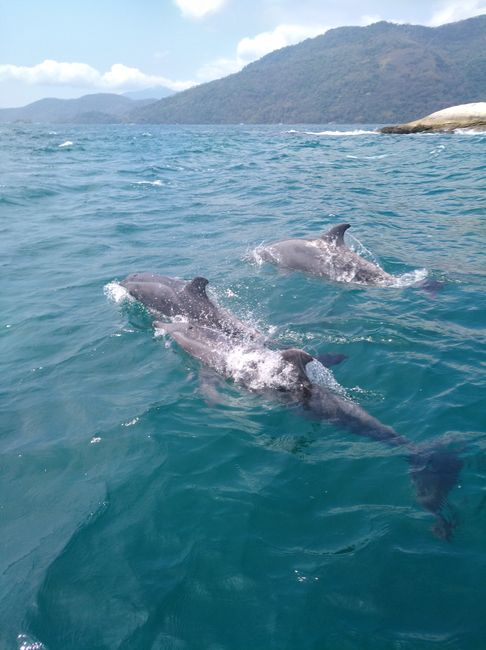
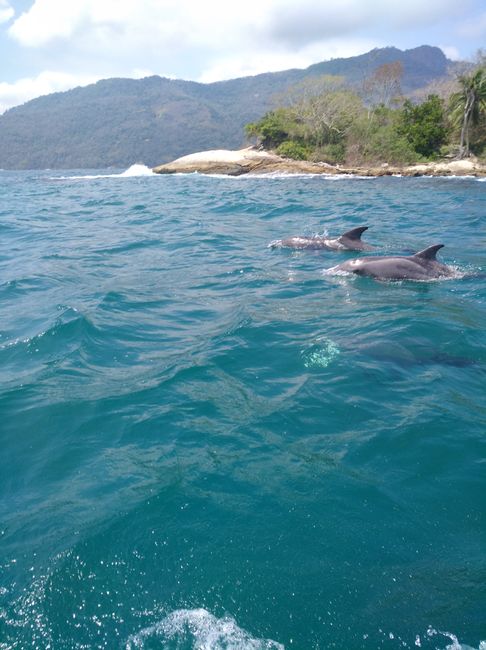
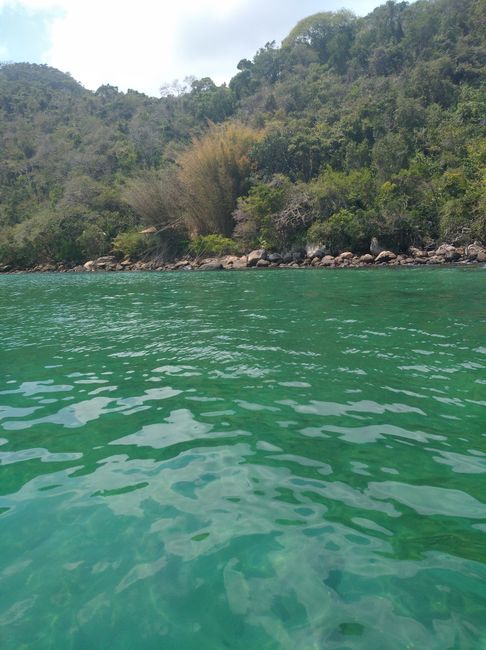
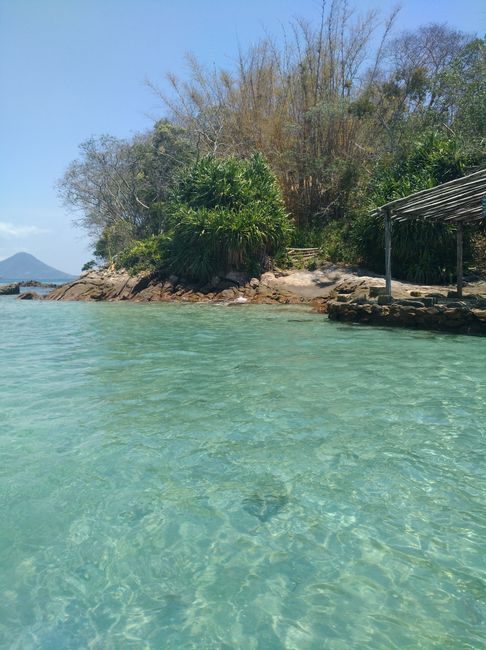
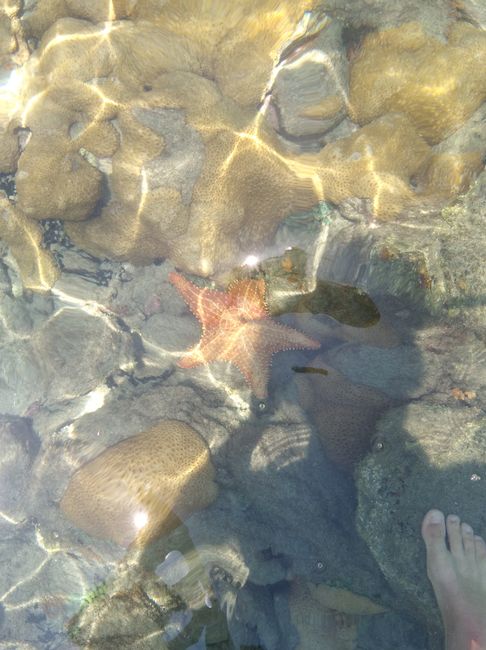
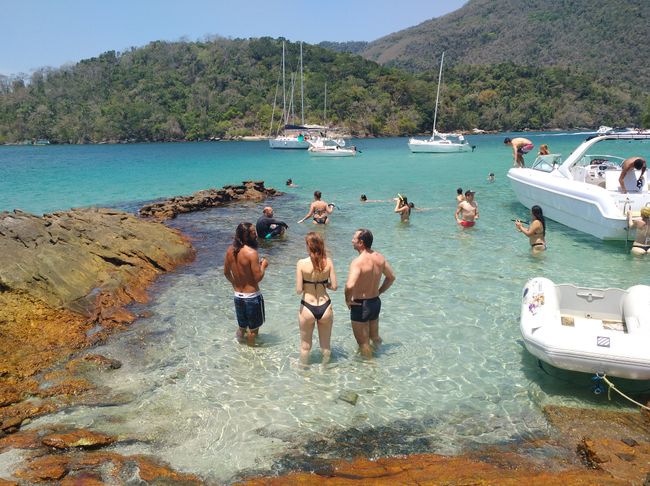
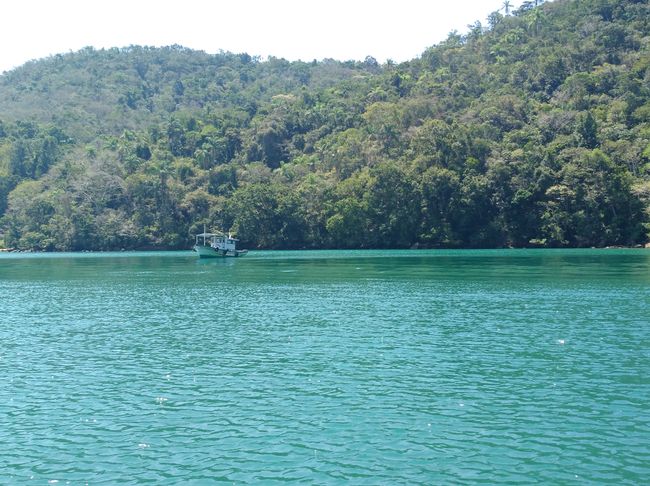
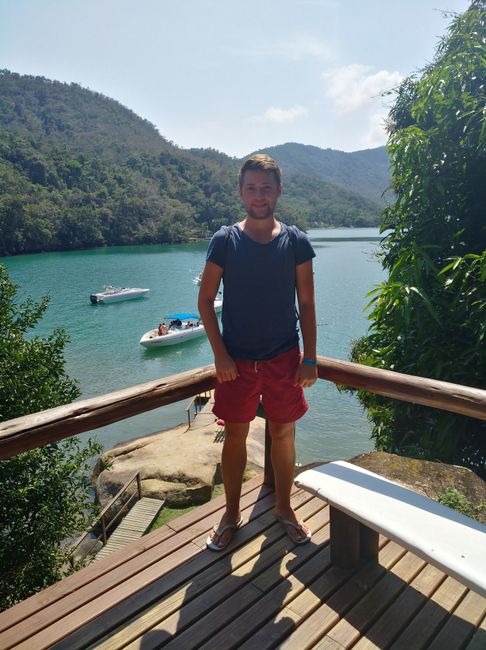
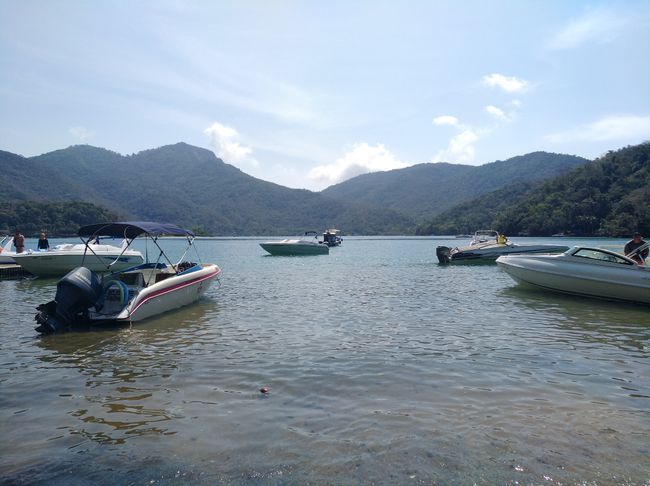
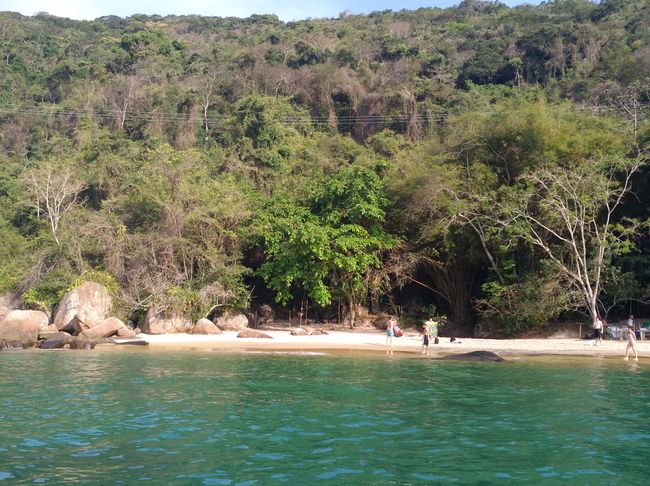
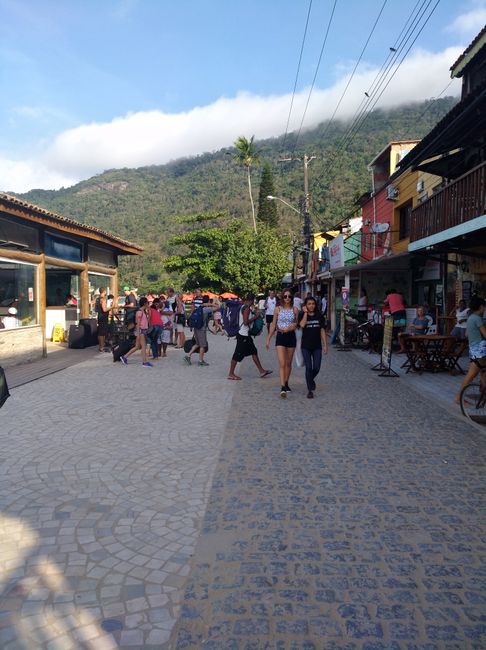
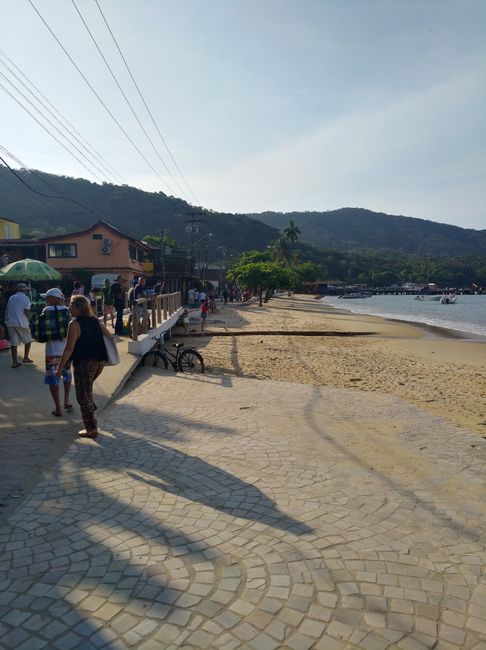
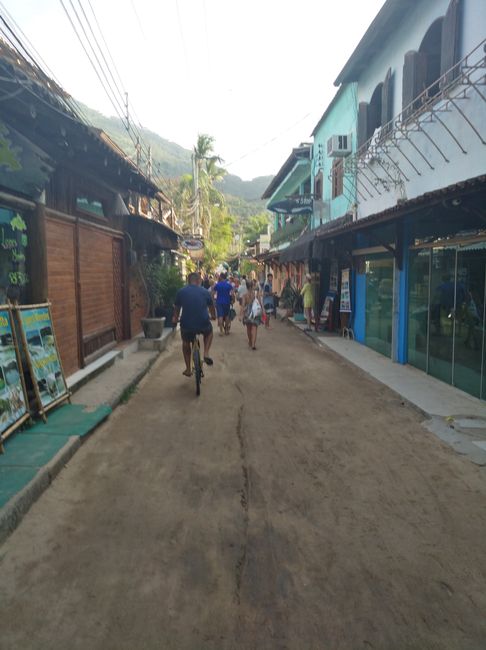
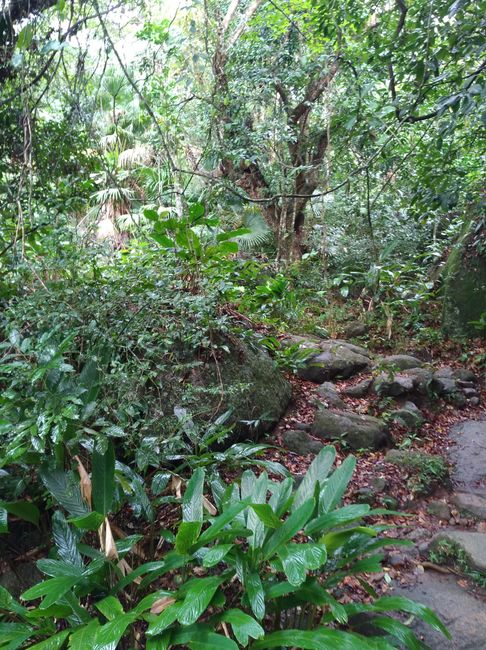
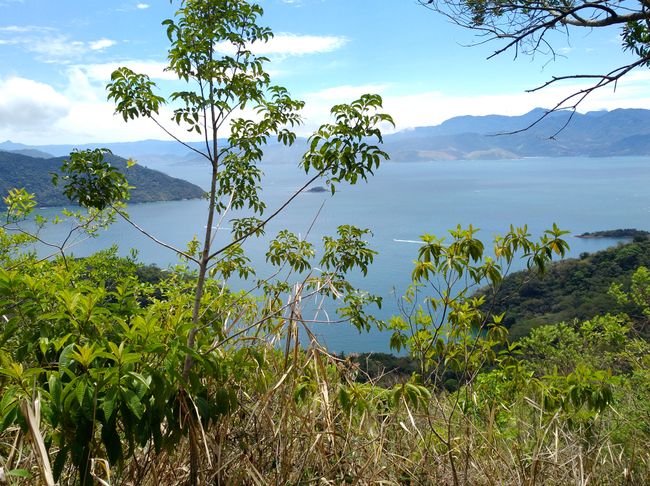
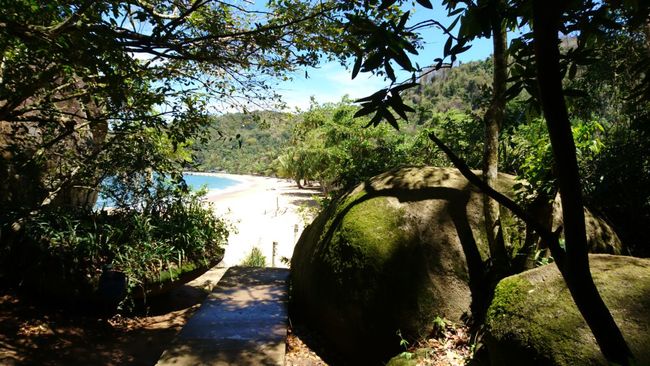
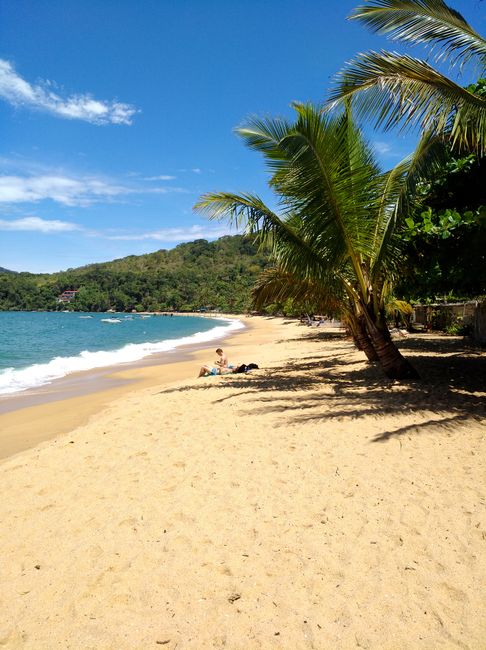
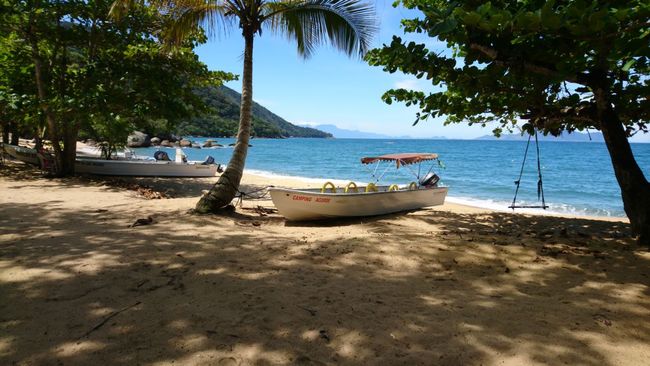
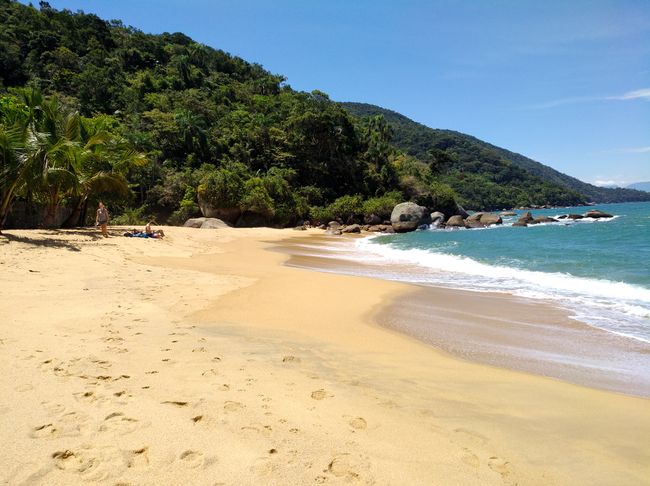
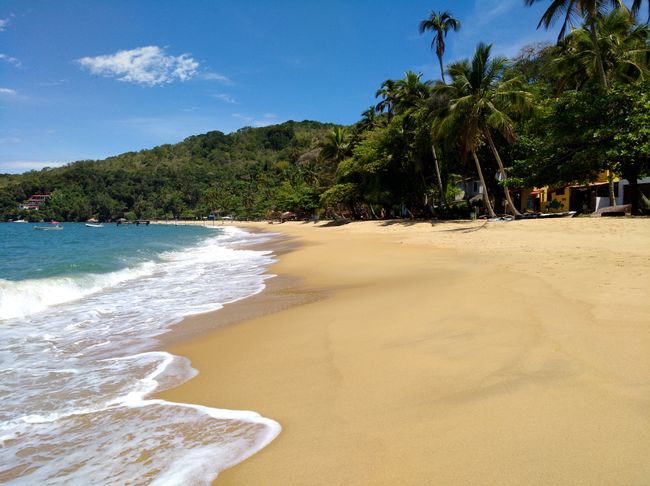
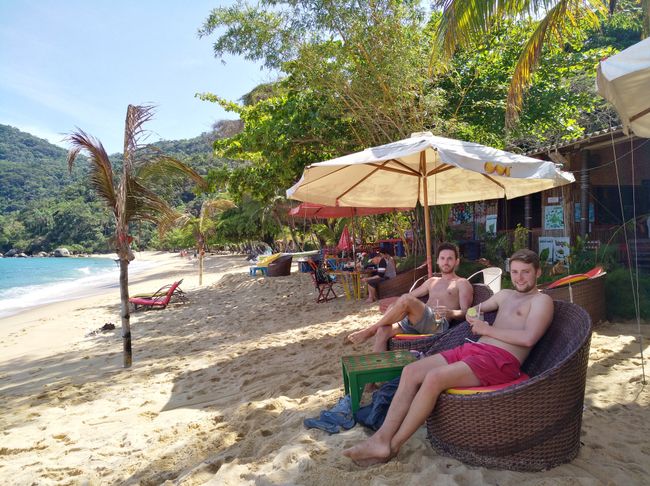
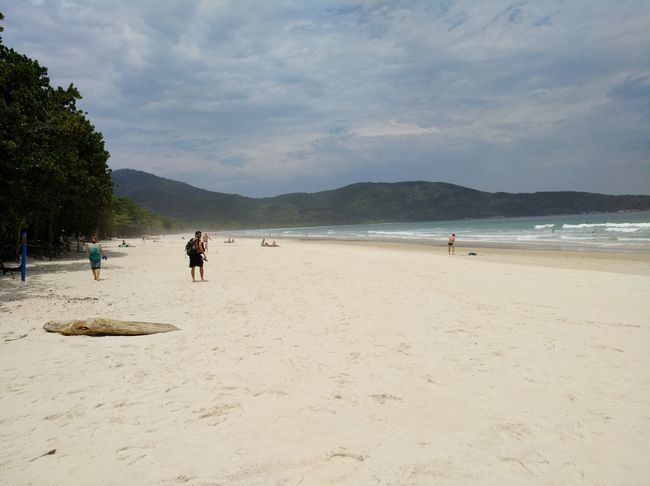
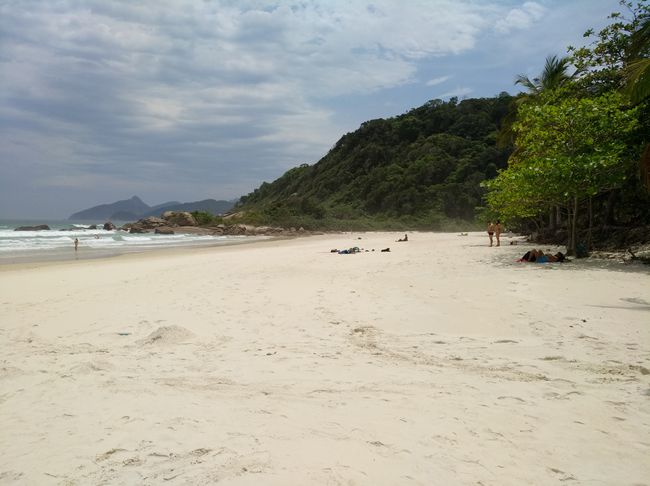
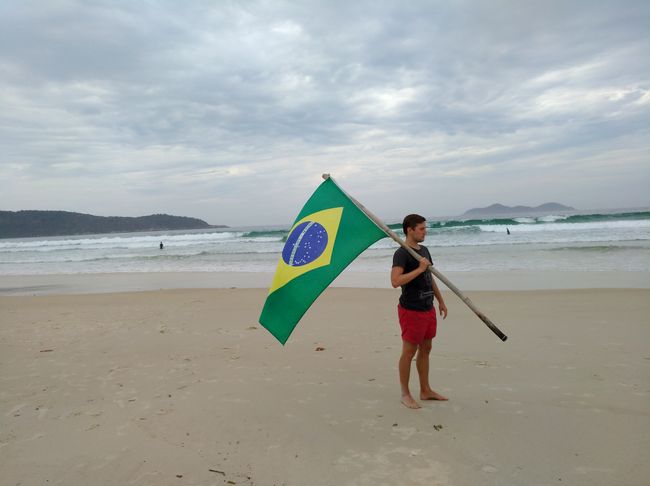
Habar býulletenine ýazylyň
After another cloudy and rainy day in Paraty, we headed towards Ilha Grande. I am traveling with two German girls who are studying abroad in Rio de Janeiro and have a week off. We were supposed to meet Marco, another friend of theirs, at the harbor.
In order to save some Reais, we decided not to take the EasyTransfer and instead took the public bus to Angra dos Reis to catch the ferry to Ilha Grande. The journey was easier than expected and we arrived at Ilha Grande in the Welcome Surf Hostel around five o'clock in the afternoon, saving about 50 Reais (approximately 13€).
With its 193 km², Ilha Grande is one of the most famous islands in Brazil, with 86 beaches and the 982-meter high Pico de Papagaio (Parrot's Beak). It is located approximately between Sao Paulo and Rio de Janeiro and can be reached by ferry from Angra dos Reis and Mangaratiba. However, the ferry only runs once a day.
As we approached the island by ferry, the impression arose that this island is perfect as a film set, and we discussed whether it resembles Skull Island from King Kong or Isla Nublar from Jurassic Park.
The large freshwater reserves, tropical fruits, abundant Brazilwood, and most importantly, the proximity to the port city of Paraty, from where Brazilian gold was shipped to Europe, made Ilha Grande a preferred refuge for European pirates and corsairs after the visit of Hans Staden, who mentioned the island for the first time in his travel reports in the mid-16th century. About 50 shipwrecks between Angra dos Reis and Ilha Grande are remnants of the battles that took place in the 16th and 17th centuries between pirates, Tamoios Indians, and Portuguese.
After the abolition of slavery in 1888, Ilha Grande opened its doors mainly to European and Asian immigrants. However, since these countries were affected by cholera epidemics at the time, Dom Pedro I built a quarantine lazaretto on Ilha Grande, where immigrants had to stay before being allowed to go to the mainland. The ruins of the lazaretto are still present and overgrown by the rainforest.
Later, a closed colony for lepers was established on the island, and the prison Colônia Penal Cândido Mendes was built. Today, the island stands out for its tourism. The boat tours are particularly popular here, where speedboats packed with up to 18 people visit different spots. We decided to go on one of these tours and were lucky that the initial cloud cover disappeared over time and the sun came out.
It hadn't been fifteen minutes and suddenly the boat stopped in a rather unspectacular bay not far from Abraão, the main town on the island. The surprise quickly disappeared when a large group of dolphins appeared, accompanied our boat for some time, and played in the water.
The first real stop was the Lagoa Verde (Green Lagoon) where we could snorkel and swim among the small corals with many fishes. Next was the picturesque Lagoa Azul (Blue Lagoon), which, as the name suggests, is known for its turquoise blue, clear water and is perfect for splashing around. Here, we could find starfish and swim with turtles.
After a somewhat overpriced lunch in a bay that was even more beautiful, we continued to the beach Feiticeira, where we spent the last two hours. Quite exhausted and with a nice sunburn, we returned to the hostel.
The next day, we decided to go for a hike to the famous Lopes Mendes Beach. The weather seemed to ruin our plans as it was pouring rain. Fortunately, the rain clouds disappeared throughout the morning, and we started the hike around noon. In retrospect, it was probably not the smartest idea to tackle the medium-rated hiking trail with flip-flops, as it became quite slippery due to the rain. After about one and a half hours, we could hear the sound of the sea, and suddenly a paradisiacal sandy beach called Palmas appeared in front of us. It was almost exactly how I had imagined the perfect beach in my dreams. Almost deserted, not too wide, and the dense rainforest starting right behind the beach. In the middle of the beach, there was a small restaurant, and when the staff set up sunbeds and beach shelters for us, we decided to spend the rest of the day here with a Caipirinha.
In the evening, we finally decided to go out and party. After dinner, we went to one of the world-class bars that offer three Caipirinhas for 20 Reais (7.50€). After a few rounds of Caipirinhas, we went to AquaRio Hostel, where we were expecting a samba night. However, it was canceled last minute, and the stage was set for DJ Junior Oliveira, who was ready to heat up the audience on Ilha Grande for the rest of the week, including Thursday. We were alone in this beautifully set-up hostel for the first hour, but after a few Caipirinhas, the dance floor filled up, and we danced the night away to constantly changing genres of electronic dance music.
The next day, despite the lasting effects of the previous night, I was persuaded to try going to Lopes Mendes again. We took a taxi boat from Abraão to Pouso and hiked from there for about twenty minutes to Lopes Mendes. When we arrived, we were greeted by an impressive white sandy beach, right on the Atlantic coast. As the beach faces the open sea, it is perfect for surfing but not so much for swimming. Since the weather wasn't the best anyway, we decided to simply lie on the beach and enjoy the last rays of sun before the clouds came.
When we returned to Abraão, a massive storm awaited us during dinner, and the whole island even lost power for a few hours. We had to make do with candlelight in our hostel and decided to go to bed early.
Habar býulletenine ýazylyň
Jogap

